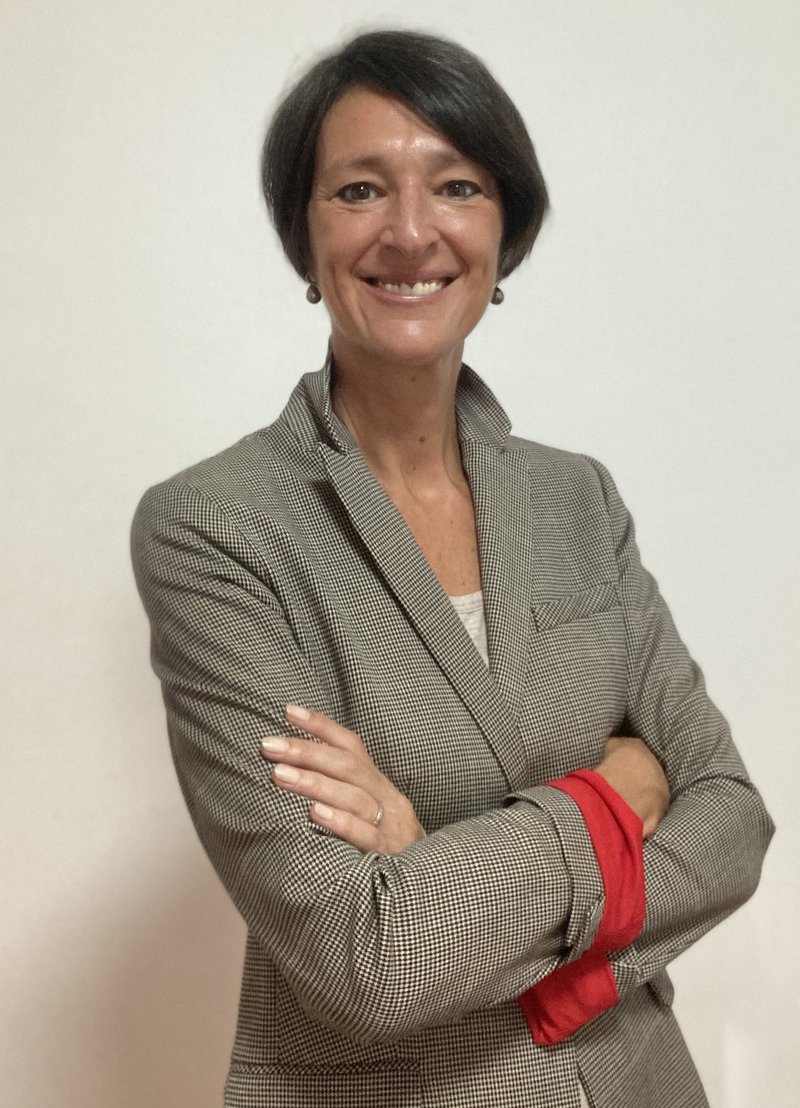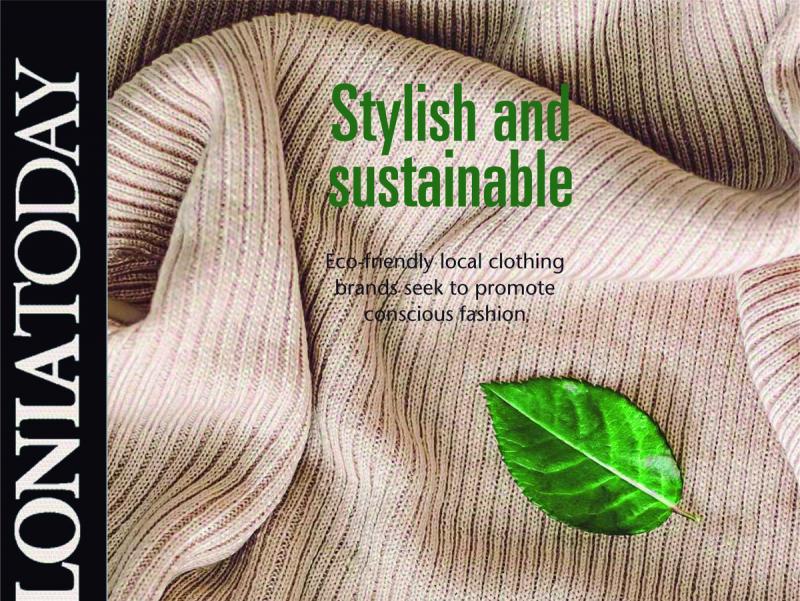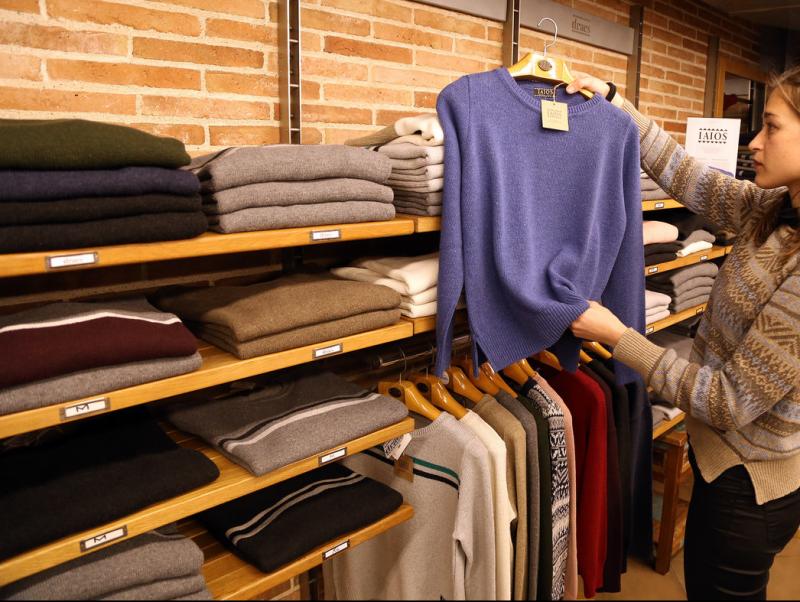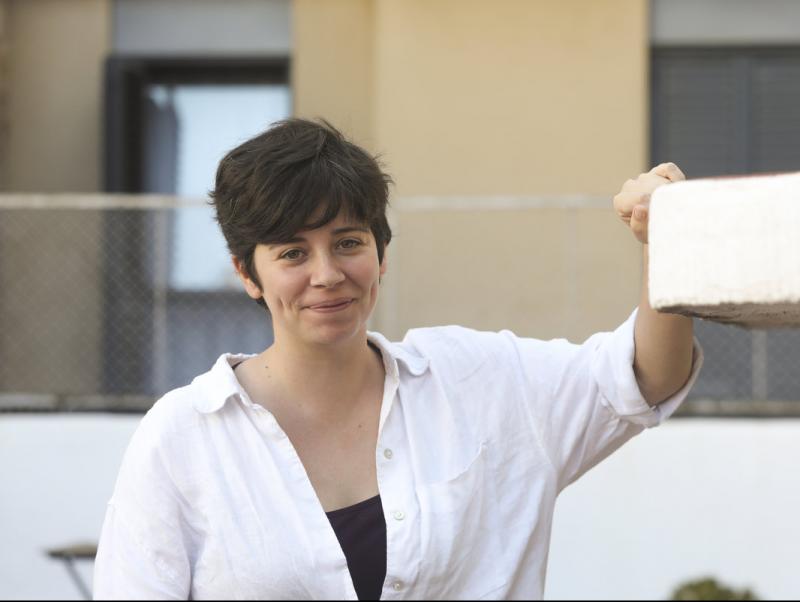After working with people with disabilities in India, when Rut returned to Catalonia she wanted to use her knowledge and started researching the needs of people with disabilities when it comes to dressing. She now runs her own inclusive fashion consultancy, MovingMood, which has received several national and international awards.
Define inclusive clothing.
Clothing that can be worn by as many people as possible without the need to adapt or modify it. The difference between adapted and inclusive is that adapted is when we take a product and adjust it to our specific needs. For example, if you buy a pair of trousers, most people will need to adjust the hem because we all have different heights and everyone needs a different length. Even if there are standards, my length is mine. Inclusive means that the same length of trousers can be used by as many people as possible without the need to sew and adjust the length.
So inclusive clothing is for everyone?
The key to accessibility is that it’s something that everyone can use. For example, email, the phone, the remote control, text messages, the keyboard, all these inventions were designed to provide a solution for people with disabilities and have become tools used by the entire population. Why? Because disability and accessibility affect us all. It may affect you a hundred percent of the time, which would mean it is permanent, but it could be for a temporary period. For example, if you break an arm, it will be immobilised in a cast and you won’t have the same abilities as you would without the cast. Everything designed to solve a challenge for people with disabilities can benefit the entire population. We need to start designing with and for people with disabilities, to achieve useful products and services for everyone.
On the MovingMood website it says that if a product is not accessible, it’s not well designed.
There are many examples. Small buttons on shirts are very difficult to get hold of when dressing and you need flexibility and a lot of finger control with both hands. If I replace the buttons with adhesive strips or magnets, this effort is minimised. It gives autonomy to a person who has a problem with their hands, but also allows the person who doesn’t to dress more quickly and easily. That’s why so many of the inventions that have been designed to solve the challenges of people with disabilities tend to be adopted by the general population. Fabrics that stretch and recover their shape on their own without the need for any special effort allow us more freedom of movement and to dress more easily. This can apply to many aspects of clothes: patterns, seams, labels, buckles, colour. The thing is that, as used to be the case with sustainability with which both companies and universities are now making real progress, accessibility has always been neglected. Fortunately, thanks to events such as the pandemic, things are now starting to change. Being locked up at home during the pandemic made everyone think more about comfort, and they realised that aspects other than just being fashionable are important. Who do you see wearing high heels nowadays? Very few people. For everyday experiences, people are choosing comfortable clothing. Since the pandemic, convenience has gained much more traction. This has put a new focus on accessibility.
But the major brands have still not opted for inclusive clothing.
Big brands are not yet committed to inclusive clothing but little by little that’s changing. In 2016, we hardly provided advice to any companies and now we do. Companies and institutions are asking for our help more and more. You start by doing workshops, always with people with disabilities. You have to let them see the changes. It’s gradual, from the start of the training to developing the product and going to market takes time, whether it is a print design or an article of clothing. Everything has its own process, but we advise, do workshops, provide training and teaching on fashion accessibility, for multinationals, for companies that design products for other companies, and for institutions. The situation is getting better all the time.
One challenges is for fashion brands to make inclusive clothing without having to create specific lines.
The biggest advantage inclusiveness gives you is that you don’t have to adapt the product. It means that the same product serves the vast majority. This is the main idea. But inclusive design is a methodology. What we always do is incorporate the people at the extreme, the ones you don’t normally consider within your target market. We work on and design the solutions together, whether it’s a piece of clothing, a strategy, the accessibility of a store, a fitting room... Like with diversity, things are evolving. But there are differences. Inclusion does not exist without accessibility. It can’t be done. Because accessibility is the only aspect that encompasses the capabilities of human beings that affect the four groups of diversity: age, gender, culture and ability. Age: from birth to adulthood; culture: geographical area, social status, religion, language; gender: male, female, LGTBIQ+; ability: skills and abilities you have from birth or develop as you grow older. So if you make a product that works well in terms of culture, gender and age, but you don’t take skills into account, the product will fall flat. That’s why we say that if a product is not accessible then it’s not well designed. Skills and abilities are the only thing that affect everyone, regardless of culture, gender and age.
Another key aspect of MovingMood is research and innovation.
Regarding innovation, research and investigation in the field of accessibility, there’s still much to do. One of my personal concerns has always been that people with disabilities have the highest unemployment rate, when they are the people who know the most about solving problems, because every day they face so many challenges and are often the most skilled and the most decisive. One of the lines that we have continued to work on is concerning the challenges that people told us about during research we did from 2011 to 2014. We have a very long list. I don’t think we have time to do everything. We prioritised the challenges into three categories: those that can have the most impact, those that require less investment, and those that could be easier to apply. There are some challenges that need such a lot of investment and research that we aren’t able to solve them. Research must be able to be maintained. If we get European funding, then even better. We think that social integration will grow more because of the new European law on recycling and eco-design of all textile products. It’s an issue we know will grow more, and we hope that everyone will support it.
It is not only about innovation, but also the employment of people with a disability.
Yes, in addition, the design for adapted sewing machines that we have patented is open and is made with 3D printing. People in other countries with few resources can download it, use it and find job opportunities. But it’s not only in the world of clothing; there are many professions that people with disabilities can do.
What are your main projects and challenges right now?
We’re working with companies and institutions in training and product development within inclusive fashion. We’re also advising institutions regarding the impact of clothing on the elderly. We continue to give training and presentations on a national and international scale, also at universities, in accessibility and inclusive fashion. We’ve also been contacted from Germany to advise on incorporating the adapted sewing machines. I think that what everyone should want is to contribute their best to society to make the world a nicer place. Everyone is good at something, everyone has a skill or ability; it’s up to you to find out what it is and how to bring it to the world. Diversity enriches because we’re all different, we all see things from a different angle and we all know something that the other does not. It’s important to think diversity, design accessibility and create inclusion.
interview business




